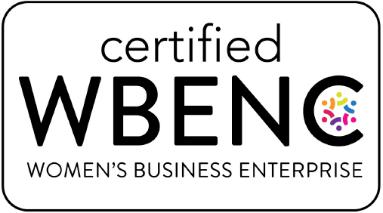Authored by:

Justin R. Muehlmeyer
Patent Attorney
All Posts by Justin
Debunking the Biggest Misunderstanding in Copyright
It is easy to misunderstand the nature and scope of Copyright and how Copyright relates to the other types of intellectual property: patents, trademarks, copyright and trade secrets. Lending to the confusion is the fact that the different types of intellectual property can overlap to some extent and more than one type of intellectual property may be used to protect the same thing. But there is one misunderstanding we must explain to almost every one of our clients and even to other lawyers: Copyright does not extend to the underlying ideas, only to the particular expression of those ideas. Here are some examples of what that means.
Copyright protects particular expressions of ideas that are in a tangible medium.
Copyright arises when a work of some minimum amount of creativity is put into a “tangible medium.” For example, a story written on a paper or in an electronic document, a painting painted on a canvas, a motion picture saved as a digital file. When you create such works, you are expressing ideas in a particular way – the particular way expressed on the particular tangible medium. That is what Copyright protects, and it gives you the right to exclude others from:
- Reproducing the work in copies;
- Preparing derivative works based on the work;
- Distributing copies of the work to others
- Performing the work publicly; and
- Displaying the work.
These rights are valuable. Understanding what these rights don’t give you the right to do is perhaps more informative than understanding what they do give you the right to do.
Copyright does not give you rights to the ideas underlying your work.
Nothing in Copyright law gives you the right to exclude others from expressing the ideas of your work in other ways. As Section 102(b) of the Copyright Act states: “In no case does copyright protection for an original work of authorship extend to any idea, procedure, process, system, method of operation, concept, principle, or discovery, regardless of the form in which it is described, explained, illustrated, or embodied in such work.”
Here are three examples that will help you understand just what this means:

Example 1 – the Book
When you write a book, you use a particular sequence of words to express various themes, characters, settings, morals etc. that are universal to all human expression. Copyright protects the particular sequence of words you wrote – you can exclude others from distributing copies of your work that are identical or “substantially similar”, but you cannot exclude others from expressing the universal ideas that drive all story telling. Your book describing a detailed series of yoga poses would not give you the right to exclude others from practicing the yoga poses or from writing books about the yoga poses so long as those books are not identical or “substantially similar” to your book.
Example 2 – Software
Software code is a particular sequence of instructions that drive a computer according to a certain underlying process. As the author of the code, you could exclude others from copying the code itself through Copyright, but Copyright does not give you the right to stop others from writing code directed to the same underlying process written in a different way.
Example 3 – Advertising
You create a series of ads advertising special deals with certain very specific terms including deals such as “no money down, no payments, no interest for one year” and “extra 3% discount when you pay by cash”. As author of your ads, you have Copyright in the ads and you can exclude others from copying your ads in a “substantially similar” way. However, you cannot exclude others from practicing the identical business practice you are advertising and you cannot exclude others from offering the very same deals through ads that are not “substantially similar” to your ads.
Talk to an experienced intellectual property attorney
Whenever you create something valuable to you, the best way to protect it may require multiple intellectual property strategies. Perhaps Copyright is the only way to protect your work, or perhaps your work embodies a novel underlying process that is patentable. The experienced intellectual property attorneys at Peacock Law P.C. can help you think through this to get the best protection and can help you find hidden value in your creations.
Check out our website today to learn more about intellectual property. Or give us a call and we can discuss how you can protect and generate value from your great works.


